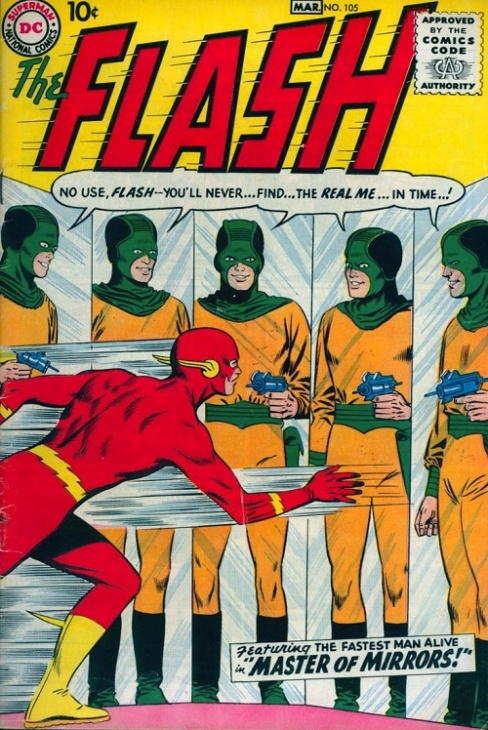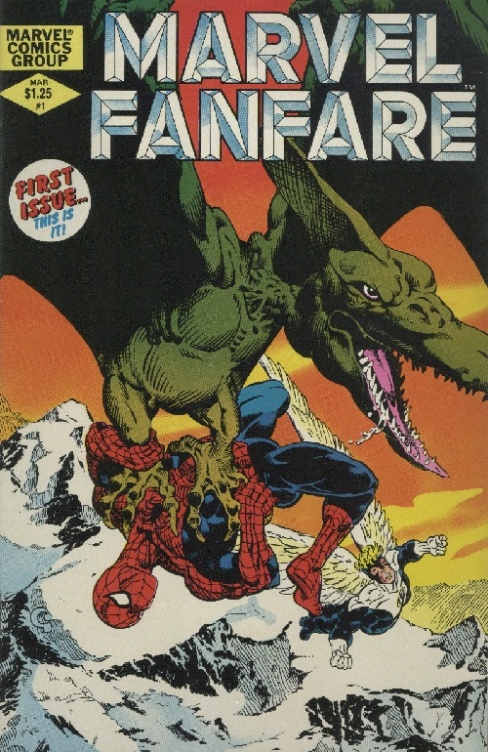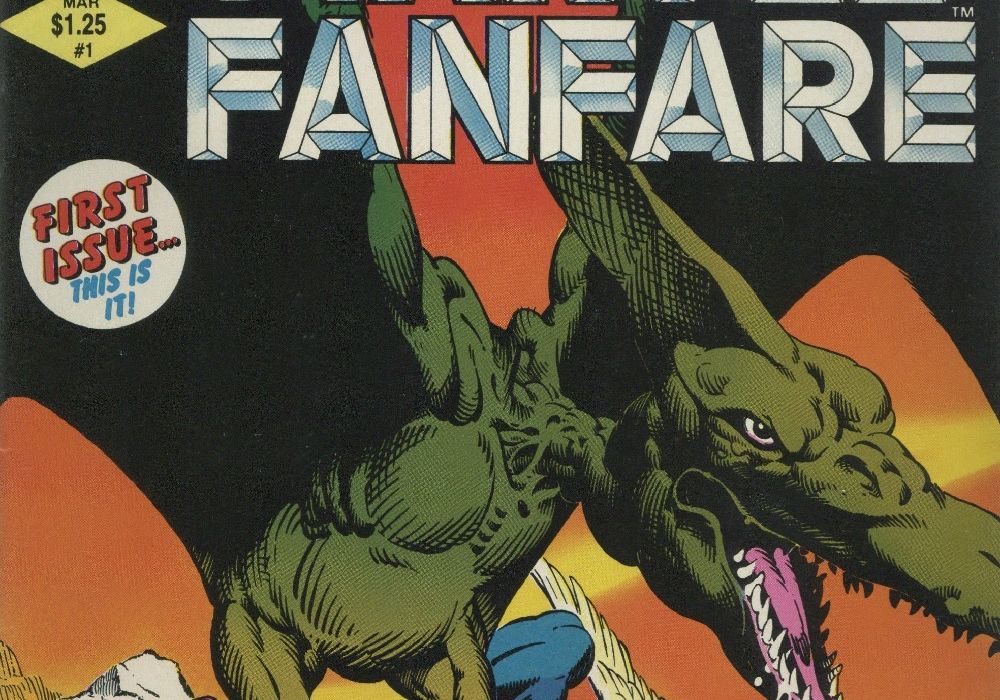Multiversity’s history column returns with a new installment themed around the month of March.

March 1956
The comic market was in turmoil in 1956, still suffering from the effects of the Frederic Wertham’s populist attack, the subsequent Senate investigation, and the draconian content restrictions imposed by the Comics Code Authority. DC Publisher Jack Liebowitz wanted to experiment with new titles in search of a new hit, but fear of what another commercial failure might do to retailer confidence in comic books kept him from committing to any specific ideas. The obvious solution came from Editorial Director Irwin Donenfeld: a new anthology title that could serve as a testing ground. Popular strips could be promoted to an ongoing series and unpopular ones could be discreetly retired. The comic was aptly titled “Showcase” and the first issue was cover dated March 1956.
In addition to rotating content, the title changed editors each issue, and each editor brought along his preferred creators. The first issue was put together by Superman editor Mort Weisinger and starred the realistic and forgettable Fire Fighters, which was a miserable failure. The second and third issues were organized by Bob Kanigher, but they did no better despite artwork from Joe Kubert and Russ Heath respectively.
The fourth issue was assembled by Julie Schwartz, who hadn’t wanted to be involved. At an editorial meeting he suggested reviving a superhero that was canceled seven years earlier, and he got stuck with the job because no one else thought it was worthwhile and because he had been the “Flash” editor during the first run. Schwartz didn’t like the original Flash and wasn’t interested in a straightforward revival. Instead, he hired Kanigher and John Broome to write two new Flash stories and brought in Carmine Infantino and Joe Kubert for the artwork. Schwartz and Kanigher created a new character with the same name and powers but with a modern (for the 1950s) science fiction twist. The issue stood out on newsstands with an eye-catching cover by Infantino based on a stick figure layout by Kanigher.
The Flash issue of “Showcase” sold well, but DC didn’t realize that for months because they had to wait two or three months for returns to come in from distributors. At final count, it had about 59% sell-through on a print run of 350,000, making it a big success. For whatever reason, DC was skeptical about Flash being the cause of these numbers and didn’t act on the information right away. Instead, Flash returned to “Showcase” again in issues 8, 13, and 14. In the meantime, other “Showcase” features like the Challengers and Lois Lane debuted and received their own series.

March 1959
Eventually, interest in the Flash was undeniable. In March 1959, three years after “Showcase” #1, he returned to his own title with “Flash” #105. The numbering picked up where the original “Flash” series had left off in 1949 because DC thought distributors and newsstand vendors (who didn’t pay much attention to comic books) would mistake it for a long-running and therefore successful series and stock it accordingly.
Other DC editors (and other publishers) took notice of the high sales of “Flash” and jumped on the bandwagon. Schwartz caught lightning in a bottle a second time when he revitalized Green Lantern in a manner almost identical to his formula with Flash. Other stagnant heroes were revived and soon populated the Justice League, which was itself a revival of the Justice Society. The Silver Age of Superheroes had begun.

March 1982
In the early 1980s, the direct market was growing fast enough and large enough for fan concerns to begin overtaking the interests of casual readers. This led publishers to take steps to improve the quality of their product not just in content, but in production as well.
The Sparta, Illinois-based World Color Press had been the exclusive printer for comic books in the United States for decades, but in 1981 both Marvel and DC began using Ronald’s Printing out of Canada for select books. Ronald’s offered semi-affordable offset printing, which was a higher production value alternative to World Color Press’s letterpress printing. The format only made economic sense for high-profile and high-quality comics that would sell at a higher-than-standard cover price.
Marvel’s first offset printed comic was the direct market-exclusive anthology “Marvel Fanfare”, which featured top talent on top franchise characters with mostly out-of-continuity settings. To make the most of the offset printing technology, it was printed on glossy magazine paper instead of newsprint. This allowed for better reproduction of fine lines because the ink didn’t bleed. Offset printing also allowed the artwork to extend all the way to the edge of the page (a “full bleed”), which meant panels no longer needed to account for a wide margin at the page edges.
Like this? Read the archives






